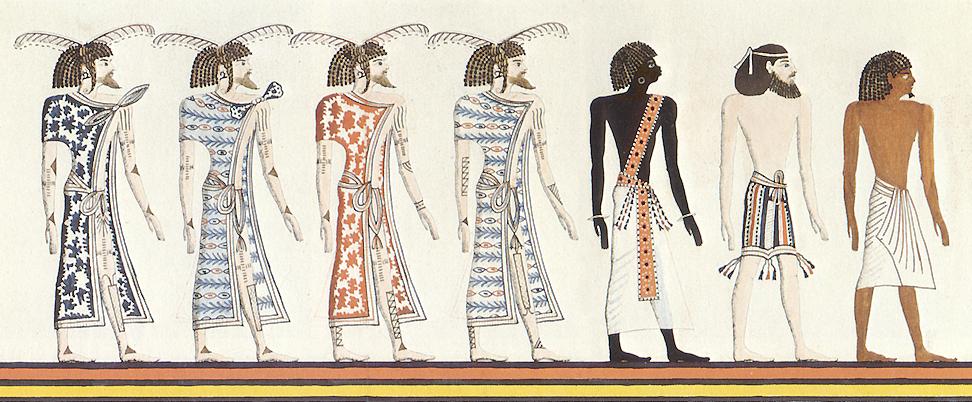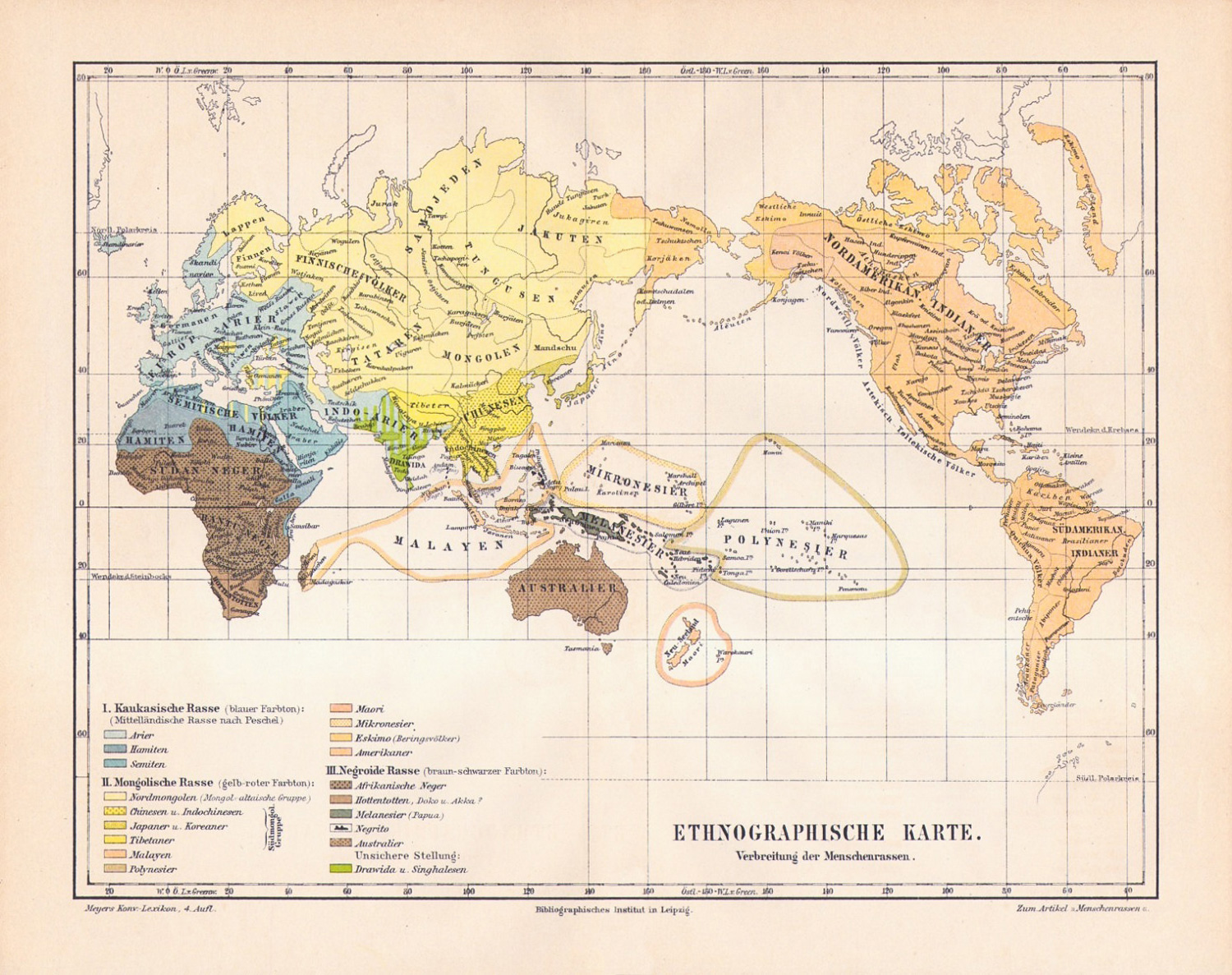|
Humacao, Puerto Rico
Humacao () is a Humacao barrio-pueblo, city and Municipalities of Puerto Rico, municipality in Puerto Rico located in the eastern coast of the island, north of Yabucoa, Puerto Rico, Yabucoa; south of Naguabo, Puerto Rico, Naguabo; east of Las Piedras, Puerto Rico, Las Piedras; and west of Vieques, Puerto Rico, Vieques Passage. Humacao is spread over 12 barrios and Humacao barrio-pueblo, Humacao Pueblo (the downtown area and the administrative center of the city). It is part of the San Juan-Caguas-Guaynabo Metropolitan Statistical Area. History The region of what is now Humacao belonged to the Taíno people, Taíno region of Humaka, which covered a portion of the southeast coast of Puerto Rico. The region was led by cacique Jumacao (also referred to as "Macao"). The Taíno settlement was located on the shores of what is called now the Humacao River. It is believed that the Taíno chief Jumacao was the first "cacique" to learn to read and write in Spanish, since he wrote a letter ... [...More Info...] [...Related Items...] OR: [Wikipedia] [Google] [Baidu] |
Municipalities Of Puerto Rico
The municipalities of Puerto Rico (Spanish language, Spanish: ''municipios de Puerto Rico'') are the second-level List of administrative divisions by country, administrative divisions defined with geographic Border, boundaries and governmental authority in the Geography of Puerto Rico, archipelago and island of Puerto Rico. Amounting to 78 municipal corporation, incorporated towns and cities equivalent to List of United States counties and county equivalents, U.S. counties, only two of which are outside the main island, namely the smaller islands of Vieques, Puerto Rico, Vieques and Culebra, Puerto Rico, Culebra, each municipality is governed by an elected Mayor–council government#Strong-mayor government form, strong mayor and a Unicameralism, unicameral municipal council, legislature. The municipalities are divided into 902 Barrios of Puerto Rico, barrios, the third-level administrative divisions under the political leadership of the municipal government. As a Territories of th ... [...More Info...] [...Related Items...] OR: [Wikipedia] [Google] [Baidu] |
Humacao Barrio-pueblo
Humacao barrio-pueblo is a barrio and the administrative center (seat) of Humacao, a municipality of Puerto Rico. Its population in 2010 was 3,862. As was customary in Spain, in Puerto Rico, the municipality has a barrio called ''pueblo'' which contains a central plaza, the municipal buildings (city hall), and a Catholic church. Fiestas patronales (patron saint festivals) are held in the central plaza every year. The central plaza and its church The central plaza, or square, located on Calle Moya Hernandez, is a place for official and unofficial recreational events and a place where people can gather and socialize from dusk to dawn. The Laws of the Indies, Spanish law, which regulated life in Puerto Rico in the early 19th century, stated the plaza's purpose was for "the parties" (celebrations, festivities) (), and that the square should be proportionally large enough for the number of neighbors (). These Spanish regulations also stated that the streets nearby should be comforta ... [...More Info...] [...Related Items...] OR: [Wikipedia] [Google] [Baidu] |
Asian People
"Asian people" (sometimes "Asiatic people")United States National Library of Medicine. Medical Subject Headings. 2004. November 17, 200Nlm.nih.gov: ''Asian Continental Ancestry Group'' is also used for categorical purposes. is an umbrella term for people who belong to any ethnic, racial, or national group with origins in Asia. It is most often used in contexts concerning the Asian diaspora, which consists of Asian people and their descendants living outside of the continent. The exact definition of the term may vary by country; some classifications of "Asian" may only refer to certain Asian-origin groups, as opposed to the population of the entire continent. Meanings by region Anglophone Africa and the Caribbean In parts of anglophone Africa, especially East Africa and in parts of the Caribbean, the term "Asian" is more commonly associated with people of South Asian origin, particularly Indians, Pakistanis, Bangladeshis and Sri Lankans. In South Africa the term "Asian" i ... [...More Info...] [...Related Items...] OR: [Wikipedia] [Google] [Baidu] |
Alaska Native
Alaska Natives (also known as Native Alaskans, Alaskan Indians, or Indigenous Alaskans) are the Indigenous peoples of the Americas, Indigenous peoples of Alaska that encompass a diverse arena of cultural and linguistic groups, including the Iñupiat, Yupik peoples, Yupik, Aleut people, Aleut, Eyak people, Eyak, Tlingit people, Tlingit, Haida people, Haida, Tsimshian, and various Alaskan Athabaskans, Northern Athabaskan, as well as Russian Creoles. These groups are often categorized by their distinct language families. Many Alaska Natives are enrolled in federally recognized Alaska Native tribal entities, which are members of 13 Alaska Native Regional Corporations responsible for managing land and financial claims. The migration of Alaska Natives' ancestors into the Alaskan region occurred thousands of years ago, likely in more than one wave. Some present-day groups descend from a later migration event that also led to settlement across northern North America, with these popula ... [...More Info...] [...Related Items...] OR: [Wikipedia] [Google] [Baidu] |
Native Americans In The United States
Native Americans (also called American Indians, First Americans, or Indigenous Americans) are the Indigenous peoples of the Americas, Indigenous peoples of the United States, particularly of the Contiguous United States, lower 48 states and Alaska. They may also include any Americans whose origins lie in any of the indigenous peoples of North or South America. The United States Census Bureau publishes data about "American Indians and Alaska Natives", whom it defines as anyone "having origins in any of the original peoples of North and South America ... and who maintains tribal affiliation or community attachment". The census does not, however, enumerate "Native Americans" as such, noting that the latter term can encompass a broader set of groups, e.g. Native Hawaiians, which it tabulates separately. The European colonization of the Americas from 1492 resulted in a Population history of Indigenous peoples of the Americas, precipitous decline in the size of the Native American ... [...More Info...] [...Related Items...] OR: [Wikipedia] [Google] [Baidu] |
Black People
Black is a racial classification of people, usually a political and skin color-based category for specific populations with a mid- to dark brown complexion. Not all people considered "black" have dark skin and often additional phenotypical characteristics are relevant, such as facial and hair-texture features; in certain countries, often in socially based systems of racial classification in the Western world, the term "black" is used to describe persons who are perceived as dark-skinned compared to other populations. It is most commonly used for people of sub-Saharan African ancestry, Indigenous Australians and Melanesians, though it has been applied in many contexts to other groups, and is no indicator of any close ancestral relationship whatsoever. Indigenous African societies do not use the term ''black'' as a racial identity outside of influences brought by Western cultures. Contemporary anthropologists and other scientists, while recognizing the reality of biological ... [...More Info...] [...Related Items...] OR: [Wikipedia] [Google] [Baidu] |
White People
White is a Race (human categorization), racial classification of people generally used for those of predominantly Ethnic groups in Europe, European ancestry. It is also a Human skin color, skin color specifier, although the definition can vary depending on context, nationality, ethnicity and point of view. Description of populations as "White" in reference to their skin color is occasionally found in Greco-Roman ethnography and other ancient or medieval sources, but these societies did not have any notion of a White race or pan-European identity. The term "White race" or "White people", defined by their light skin among other physical characteristics, entered the major European languages in the later seventeenth century, when the concept of a "unified White" achieved greater acceptance in Europe, in the context of racialization, racialized slavery and social status in the European colonies. Scholarship on Race (human categorization), race distinguishes the modern concept from ... [...More Info...] [...Related Items...] OR: [Wikipedia] [Google] [Baidu] |
Racial Group
Race is a categorization of humans based on shared physical or social qualities into groups generally viewed as distinct within a given society. The term came into common usage during the 16th century, when it was used to refer to groups of various kinds, including those characterized by close kinship relations. By the 17th century, the term began to refer to physical (phenotypical) traits, and then later to national affiliations. Modern science regards race as a social construct, an identity which is assigned based on rules made by society. While partly based on physical similarities within groups, race does not have an inherent physical or biological meaning. The concept of race is foundational to racism, the belief that humans can be divided based on the superiority of one race over another. Social conceptions and groupings of races have varied over time, often involving folk taxonomies that define essential types of individuals based on perceived traits. Modern scientist ... [...More Info...] [...Related Items...] OR: [Wikipedia] [Google] [Baidu] |
Rosamar Trujillo Plumey
Rosamar Trujillo Plumey (born November 21, 1968) is a Puerto Rican politician and social worker serving as the mayor-elect of Humacao, Puerto Rico. She was as a member of the Senate of Puerto Rico for district VII from 2021 to 2023. Early life and education Rosamar Trujillo Plumey was born on November 21, 1968, in Arecibo, Puerto Rico. She is the daughter of former mayor of Humacao Marcelo Trujillo Panisse and Rosa Elena Plumey. Her family moved to Humacao, Puerto Rico in 1978. Her father later served as mayor and her mother was an elementary school teacher. Trujillo Plumey has three older brothers. Trujillo Plumey earned a B.A. in social work from the University of Puerto Rico at Humacao. She completed a M.S.W. in program supervision and administration at the Interamerican University of Puerto Rico The Inter American University of Puerto Rico (Spanish: ''Universidad Interamericana de Puerto Rico''; often abbreviated to ''UIPR'' or ''Inter'') is a private Christian u ... [...More Info...] [...Related Items...] OR: [Wikipedia] [Google] [Baidu] |
Partido Popular Democrático De Puerto Rico
The Popular Democratic Party (, PPD) is a political party in Puerto Rico that advocates to continue as a Commonwealth of the United States with self-governance. The party was founded in 1938 by dissidents from the Puerto Rican Liberal Party and the Unionist Party and originally promoted policies on the centre-left.''Government / Brief history of elections in Puerto Rico.'' Encyclopedia Puerto Rico. Fundación Puertorriqueña de las Humanidades. Retrieved 29 February 2012. In recent years, however, its leaders have described the party as . As one of the long-standing parties on the island, the PPD has played a significant role in the |




